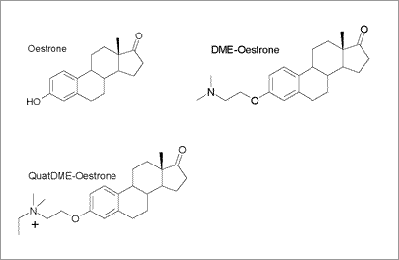054P Brighton
Winter Meeting December 2007 |
THE CREATION OF AN IN VITRO POTASSIUM CHLORIDE-INDUCED PRECONDITIONING MODEL: THE ROLE OF THE α7 NICOTINIC ACETYLCHOLINE RECEPTOR
Ruan van Rensburg1, Abdel Ennaceur2, Dominic Errington1, Paul Chazot1
1Durham University, Durham, United Kingdom, 2Sunderland Pharmacy School, Sunderland, United Kingdom
Neuronal tissue cultures have been important experimental models for the study of the cellular and molecular mechanisms underlying excitotoxicity leading to direct applications for the study of neurodegenerative processes in vivo. In this study, we established a reliable pure mixed cortical neuronal in vitro model for the study of spreading depression-induced preconditioning that could protect against an excitotoxic glutamate insult. The model was subsequently used to analyze the importance of the Chazot et al. (2002) observation that an increase in α7 nAChR protein might play an important role in in vivo cortical spreading depression-elicited preconditioning.

Figure 1 DIV 14 pure neuronal B27 cortical cultures (Lees et al, 2000) were treated for 24 hours in cell medium supplemented with 11.25 mM KCl. Following incubation, cells were washed, before receiving a 10 minute 1mM glutamate insult, washed again, and cultured for 24h before cell viability was assayed using the MTT method. Results are mean ± S.E.M, n = 12 replicates; Significance shown by ** P < 0.01)
The selective α7 nAChR antagonist, α-Bungarotoxin (1uM) blocked the preconditioning effect of KCl (Figure 1), thereby indicating that the activity of the α7 nAChR subtype is essential for the preconditioning mechanism.
PL Chazot et al.. (2002) J. Neurochem. 83, 1235-1238.
G Lees, PL Chazot et al. Bioorg. Med. Chem. Letts. (2000) 10, 1759-1761.
This study is funded by the BBSRC (UK), Durham School of Health, the ORS and NRF (South Africa).
|


